Who built Naqsh-e Jahan Square?

Naqsh-e Jahan Square, also known as the “Imam Square” or “Shah Square,” is a historic square located in Isfahan, Iran. It was built during the Safavid dynasty in the early 17th century by Shah Abbas I.
Shah Abbas I, also known as Abbas the Great, was the fifth shah of the Safavid dynasty, who ruled from 1588 to 1629. He is considered one of the most powerful and influential rulers in Iranian history.

He came to power in 1587 and immediately set out to reform and modernize the empire.
One of his most significant achievements was the construction of Naqsh-e Jahan Square, which was built to serve as the new capital of the Safavid Empire.
He envisioned it as a grand public space that would be used for religious, political, and social gatherings. The square was designed to be the center of the city and was surrounded by important buildings such as the Ali Qapu Palace, the Sheikh Lotfollah Mosque, the Imam Mosque, and the Qeysarieh Bazaar.
Shah Abbas I also ordered the construction of several other significant buildings in Isfahan, including the Chehel Sotoun Palace, the Hasht Behesht Palace, and the Chahar Bagh Boulevard.
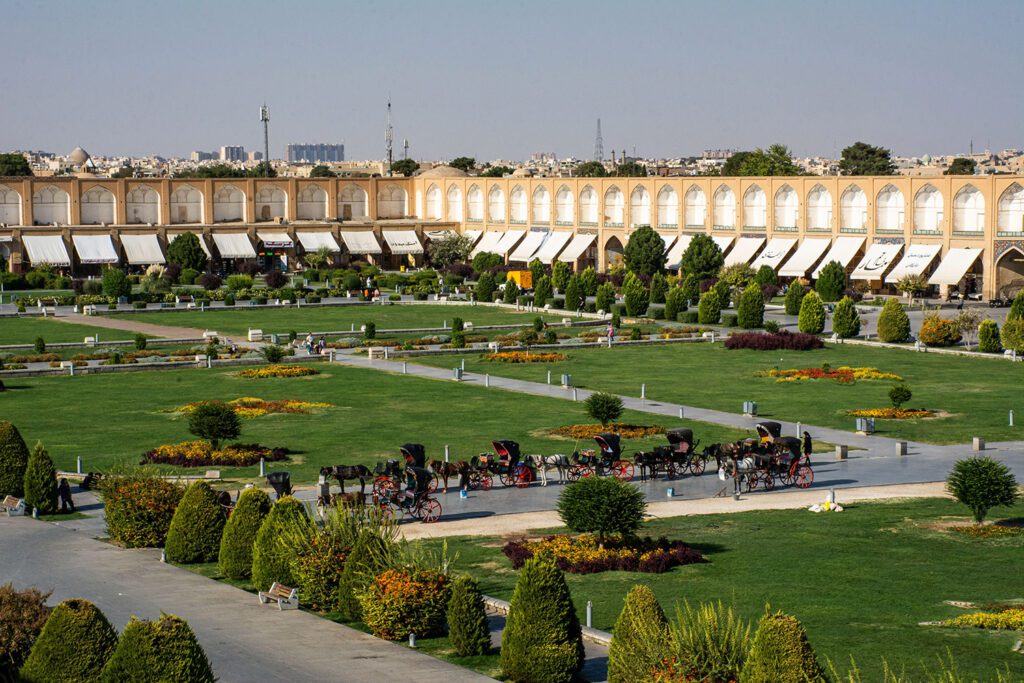
The construction of Naqsh-e Jahan Square was a massive undertaking, and it took several years to complete.
It was built using the most advanced techniques of the time, and the square was designed to be both beautiful and functional. The square still stands today, and it is considered one of the most beautiful public spaces in the world.
In conclusion, Naqsh-e Jahan Square was built during the Safavid dynasty in the early 17th century by Shah Abbas I.
He envisioned it as a grand public space that would serve as the center of the city and be used for religious, political, and social gatherings. The square was built using the most advanced techniques of the time and still stands today as one of the most beautiful public spaces in the world.
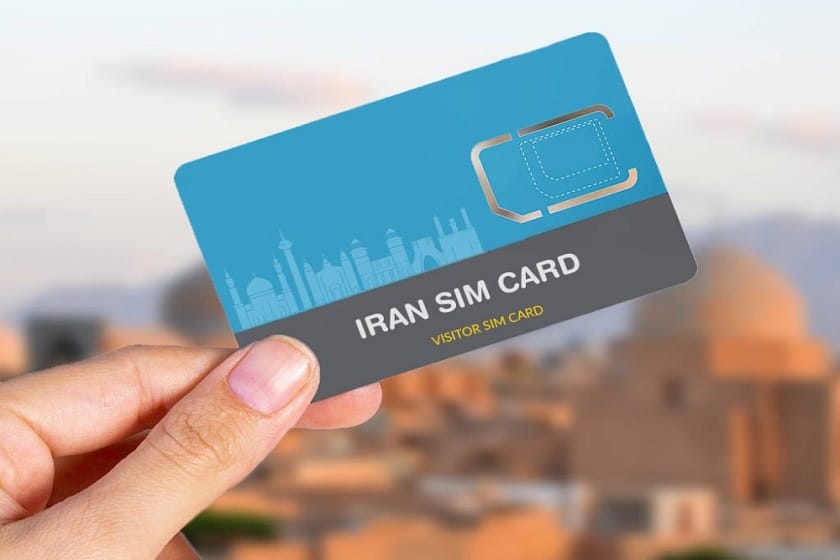
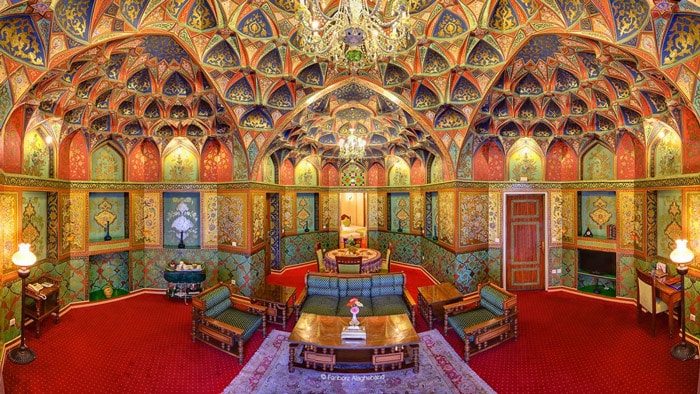

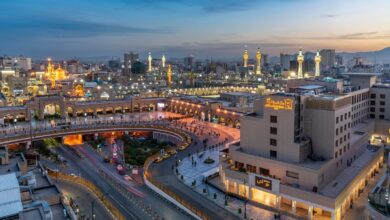
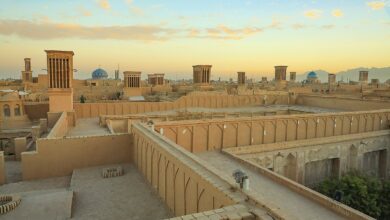
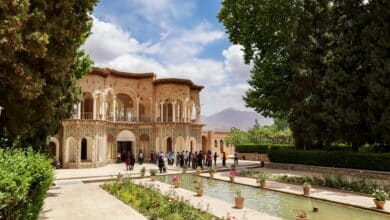
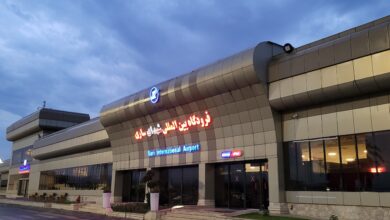

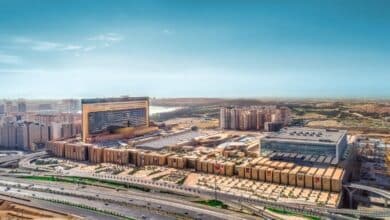
One Comment